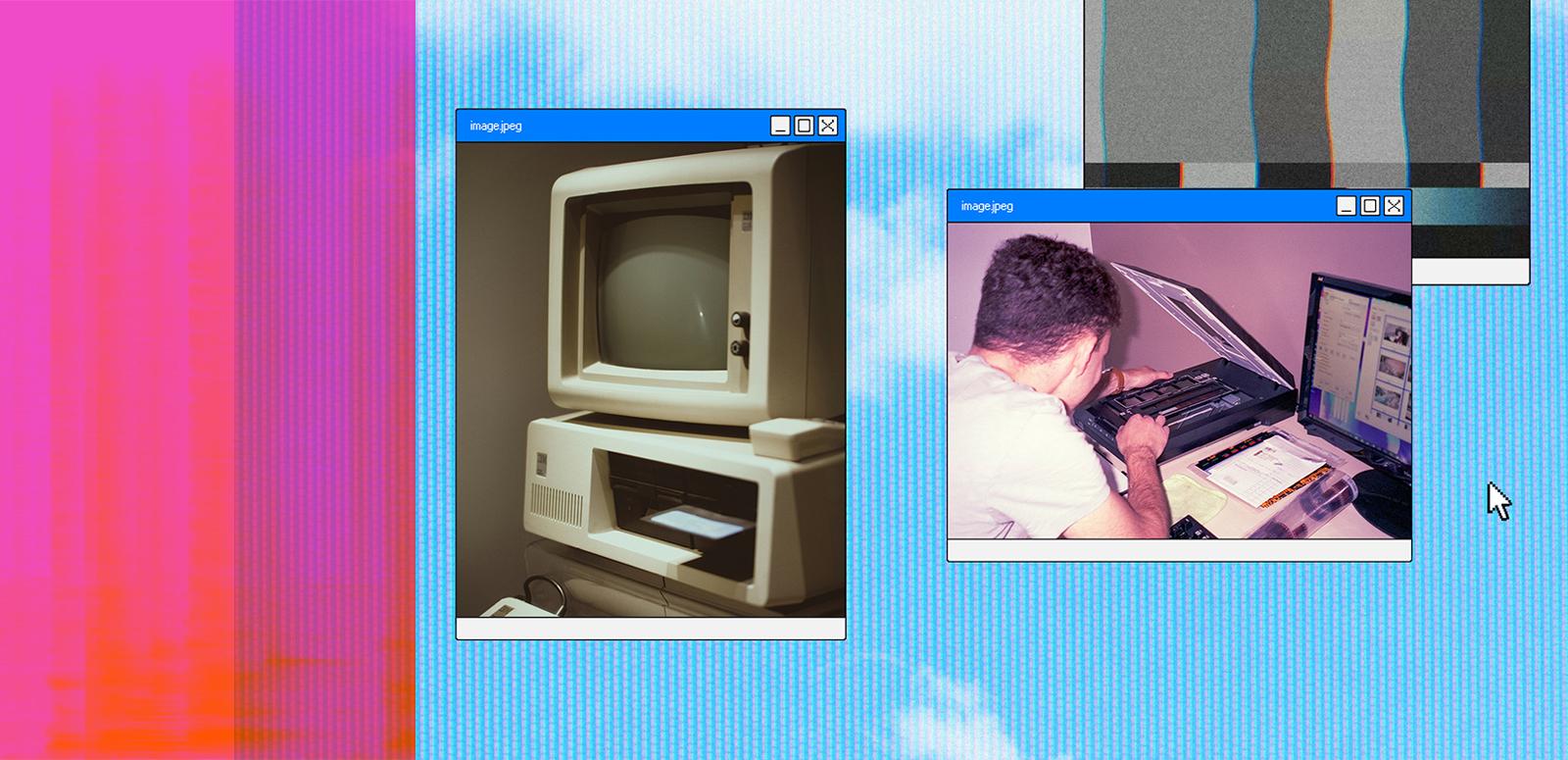NFSA curator Dean Cross spotlights three First Nations creatives who are keeping the fire burning.


NFSA curator Dean Cross spotlights three First Nations creatives who are keeping the fire burning.
On 1 July 1974, Australia embarked on a grand tour of the metric system, leaving behind the old imperial road markers.
It’s more than a matter of ‘I Will Survive’: the films, documentaries, newsreels and series in the NFSA collection remind us how the LGBTQIA+ community have challenged and changed Australian attitudes with dignity and an undefeatable dose of queer joy.
As NFSA Restores celebrates its tenth year, outgoing Chief Curator Gayle Lake reflects on the complex alchemy of film preservation
Vale Bob Rogers, a giant in Australian radio broadcasting, who passed away in May 2024 at age 97.
In May 2024, two staff members from the NFSA took part in a Reconciliation Action Plan (RAP) Learning Circle, and initiative by Reconciliation Australia.
NFSA Curator Nathan Smith details the discovery and digitisation of an extremely rare and unique nitrate film from the 1920s.
The National Film and Sound Archive of Australia acknowledges Australia’s Aboriginal and Torres Strait Islander peoples as the Traditional Custodians of the land on which we work and live and gives respect to their Elders both past and present.